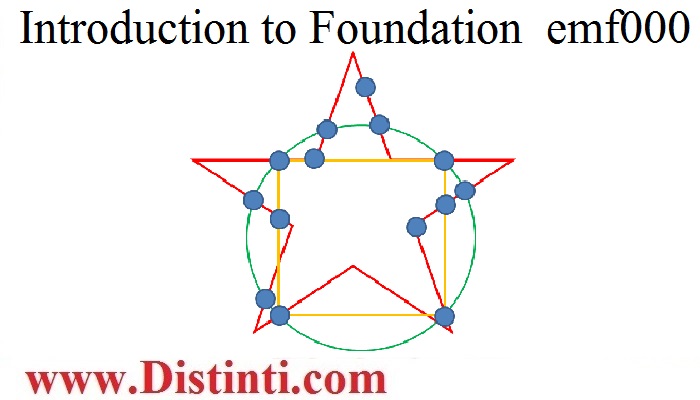History
Sometime in either 1992 (or was it 1993) I read an article ( don't recall the source) where they discovered that the force responsible for the "springiness" of a spring is the Coulomb Force. This was interesting to me as an electrical engineer because the electrical equivalent of a spring is a capacitor whose operation is based on the coulomb force just like the spring. This means that springs and capacitors are no longer "equivalents" (or analogs) they are based on the same underlying force. There are other "equivalents" between mechanics and electrical engineering; one of which is the use of an inductor (a loop of wire) as the analog of mass (rather inertia).
This got me to thinking. If inductance (caused by a time changing magnetic field) were responsible for the phenomenon of inertia then this would be the unification of electromagnetism with inertia (electro-inertia in sci-fi novels). Merged somehow with Einsteins principle of equivalence, it would also explain gravity in terms of electromagnetism (this was done later in Ethereal Mechanics).
I spent many months trying to apply Faraday's Law to the problem with abject failure. Finally in 1994, I noticed a subtle flaw, a missing reciprocity, in Faraday's law (FL). The missing reciprocity is highlighted by considering that it is possible to compute the inductive linkage of an accelerating point charge (which generates a time changing magnetic field ) to an emf in a stationary loop of wire; however, you can't compute the reciprocal case. In other words it is not possible to compute the force acting on the point charge from time varying fields generated by the coil. This reciprocity is missing. This missing effect is further aggravated by the fact that it is possible to compute static magnetic (non-time varying) field effects from coils on charges -- this is done all the time with Helmholtz coils used in bubble/cloud chambers. This missing reciprocity became the basis for the 17th Rule of Acquisition -- The Ambiguity Tell -- one of the most powerful tells of the Rules of Acquisition which has aided in other discoveries such as Vortrix Algebra
So in 1994 I set of to find the more fundamental model of induction. The question was what did it look like? I supposed that if charges are the fundamental building block of electromagnetism, then there should exists models the describe charge to charge effects for position, velocity and acceleration (A second order system). Coulombs law (model) is already in this form so one down two to go.
I spent all my free time working on this problem. Running all kinds of experiments with complete and abject failure after failure. I could not get anything to reconcile. It turns out that my formal training as an engineer was the problem. I assumed that the things in the books were correct (otherwise someone would have said something by now --WRONG -- this became the 27th Rule of Acquisition -- The Smarter Monkey Fallacy). According to the books induction is the sum of the internal inductance and shape inductance (shape of the loop of wire). I confirmed experimentally the internal inductance model is completely wrong; therefor, I need an experiment where the internal inductance would remain constant. The only shape than can be changed without changing the length of the sides is the rhombus (see the foundation series --below). So I took some data from the rhombus experiment but could not get any model to reconcile (I was stupidly looking for inverse square effects -- everything else is).
1997 rolled around and I decided that there was something in my training that was preventing me from seeing the appropriate model, SO I wrote a complicated (for me at the time) computer program that would search through over 45,000 different relationships. This was the break through, the computer search revealed two models that fit the data perfectly. One model was of a spherical field and the other a longitudinal shaped field. I was stunned that they were both inverse (not inverse square) relationships. After a few more months the spherical model was chosen as the winner and became New Induction. The software and experimental information will be made public when this website is completed.
New Electromagnetism version 1.0 (1997): was 4 charge-force terms. Coulombs model (0th order effects) , New Induction (2nd order effects) , and Two terms derived from F=QVxB (1rst order effects)
New Electromagnetism Version 2.0: was just a change from a software notation to a vector notation.
New Electromagnetism version 3.0 (1998): Found that the two terms from F=QVxB does not reconcile with certain well known experiments. To fix this, added an additional 1rst order term. This term made NE complete enough to describe matter as a system of charges and led to NG.pdf.
New Electromagnetism version 4.0 (2007): No Changes to the Field models. Improved the definitions of electrical energy to include both Kinetic and Potential electrical energy. This delineation was in Maxwell's original work but was somehow lost when Heaviside translated everything to vectors.
Note: This is legacy work will be superceded by NE V5 in the next year of so. In the following papers, the models, equations and applications are correct (short of typos) for version V3/V4 and accuratly reflect the behaviors of electromagnetic fields. Other elements of the papers such as forward looking statements or speculative claims about what causes the behaviors demonstrated by the models, may have either come to fruition or have been made obsolete by recent development.





